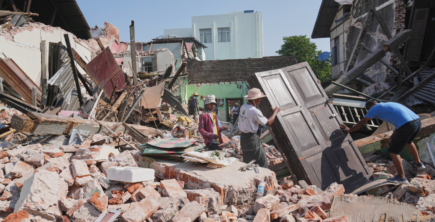
Healthy Individuals & Communities
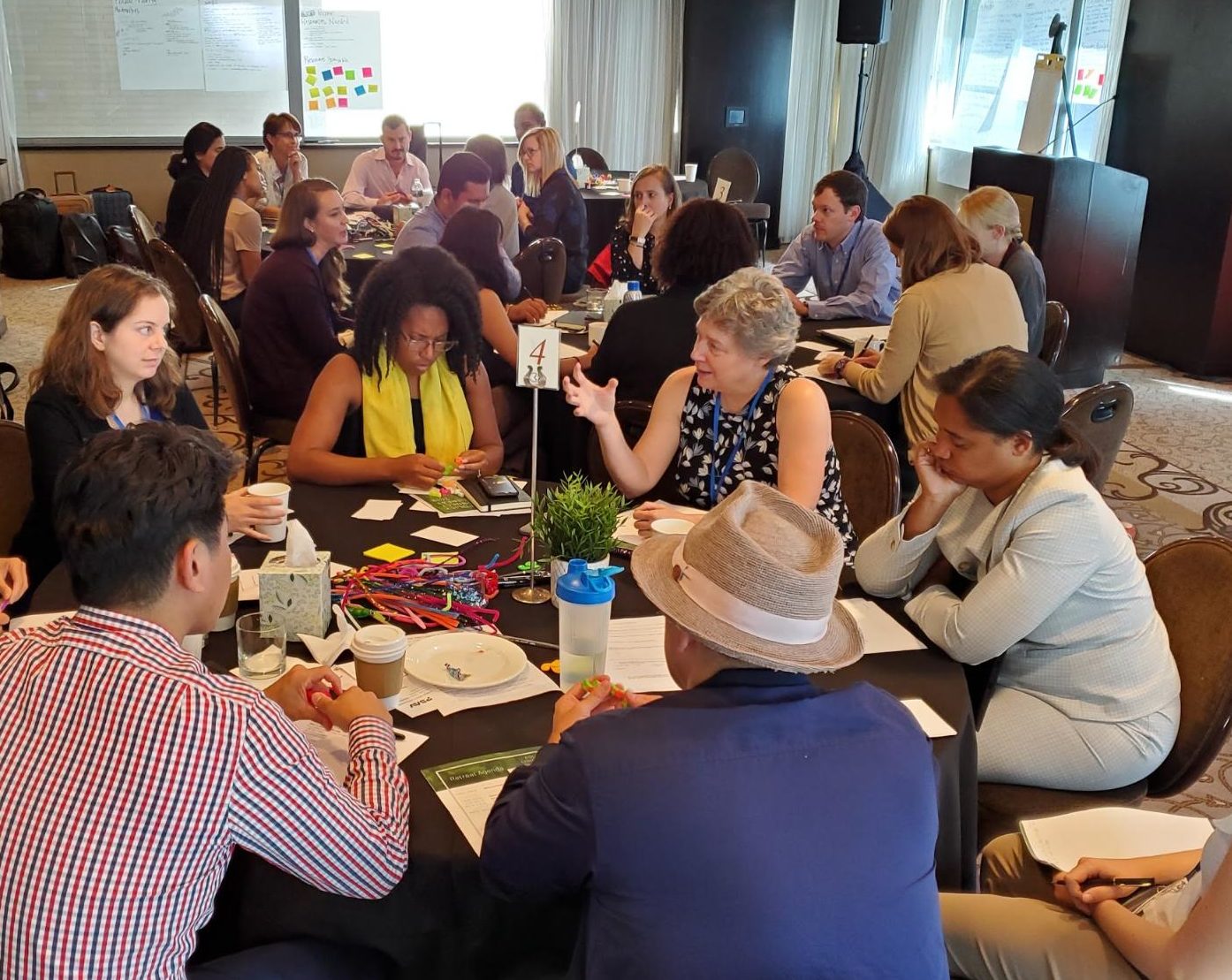
In these uncertain times, when our world and communities are facing climate change, global pandemics and ongoing economic and social tensions, the need for collective action and problem solving is more important than ever. Having spent most of my career supporting collaboration, I’ve learned that there is no single “right” formula for building a successful partnership. At Tides, we are always adjusting our frameworks and approach based on what we are learning, and below I have shared our approach to building collaboratives that bridge unlikely partners and remove silos to move towards achieving shared goals.
“Collaboration is an unnatural act between unconsenting adults.” This quote from Joycelyn Elders, a former US Surgeon General, is one I like sharing when I’m talking about practices for successful collaboration. It typically gets a good laugh, because it captures what so many have experienced when it comes to working in collaborative partnerships. It’s true—collaboration typically isn’t easy, but successful collaboratives are also a really beautiful thing. And at Tides, we believe collaboration is an important tool in driving meaningful change in the world. Solving society’s toughest problems takes more than a single organization or social innovator: it has to be a collective effort.
It’s true—collaboration typically isn’t easy, but successful collaboratives are also a really beautiful thing.
Our framework for designing and managing collaboratives at Tides focuses on remaining adaptable to the needs of each initiative and diversity of structures, from funder collaboratives to donor circles to nonprofit alliances or cross-sector efforts.
Our work cycles through the following framework typically beginning with discover:
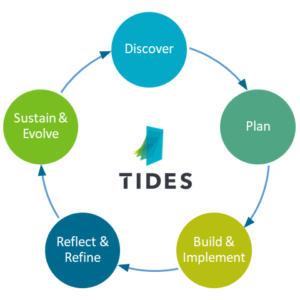
While each collaborative looks a little different, our framework is rooted in what research tells us are some key elements for collaborative success:
To support our framework and the above elements for success, our team has been intentional about identifying and doing our best to live into a set of principles that guide how we operate internally and how we approach our work with partners. These objectives are rooted in our experience and the strengths we’ve developed:
Tides is built on a 40-year history of taking smart risks. We don’t shy away from trying unconventional solutions and addressing complex social issues. We know it takes creativity, positivity, and a solutions-oriented lens to make progress on seemingly intractable issues.
Principle in Action: In the United States, immigration has become a full-blown humanitarian crisis. Every day, almost 50,000 people, including children, are being held in over 200 detention centers across the country. An alarming number of organizations leading the movement for just migration rely on antiquated technology and weak data management platforms to provide legal, advocacy, and community support services. In January 2019, Tides launched the Immigrants United Collaborative (IUC) to provide nonprofits with fully funded capacity building support to collect, manage, share and protect their data.
The effort was shaped heavily by over 50 conversations with leaders across the community. Tides partnered closely with four charitable nonprofits in California and supported them through unrestricted funds, technical assistance by paid consultants, and a convening of immigration, philanthropy, and technology experts to co-design and prototype shared solutions for the field.
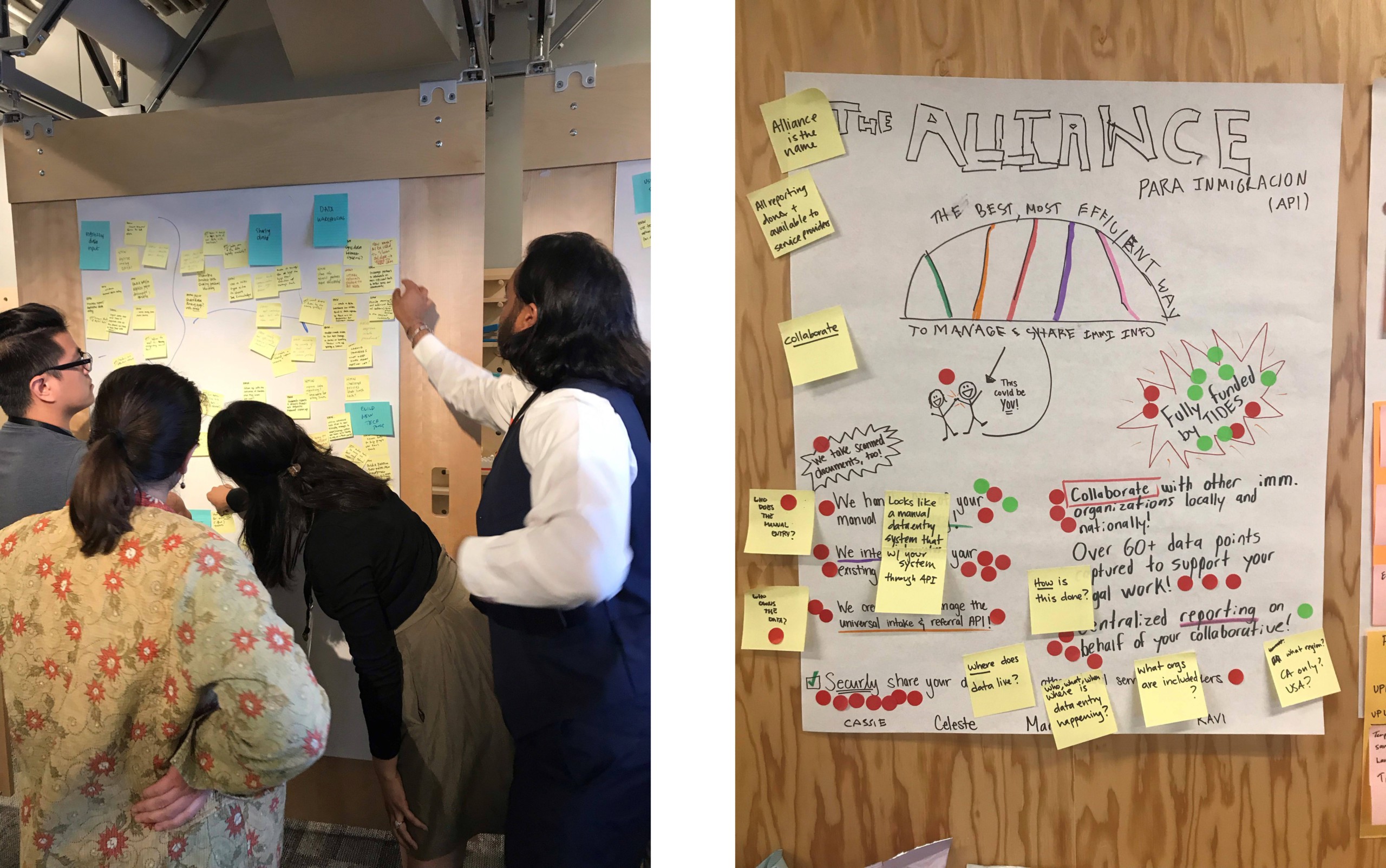
Participants engage in design thinking activities to collectively design shared technology solutions for the immigration field.
We work with changemakers and champions to build trust and strong relationships among project partners and stakeholders. When a group comes together, there is often a mix of pressure and excitement to quickly launch project programs and activities. Our experience shows that if the relationships lack the trust and communication to navigate the challenges and tough decisions that inevitably arise, the work will suffer. Sometimes we need to go slow first, in order to go fast.
Principle in Action: From 2016-2017 Tides worked with the Bill & Melinda Gates Foundation and other partners to design and pilot the Frontier Set. This collaborative brings together a select group of 31 colleges, universities, and state systems committed to dramatically increasing student success and erasing student success gaps by race and income through transforming how higher education institutions operate.
In addition to fostering connections across institutions, the network design also focused on internal relationships within each institution and established cross-functional teams to better support student success efforts and learning. While this took some additional time, it was necessary for the success of the project. Often, this was the first time key staff from different departments had all sat down together to discuss what student success looks like on their campus. By sharing their learnings internally first, external sharing was even stronger.
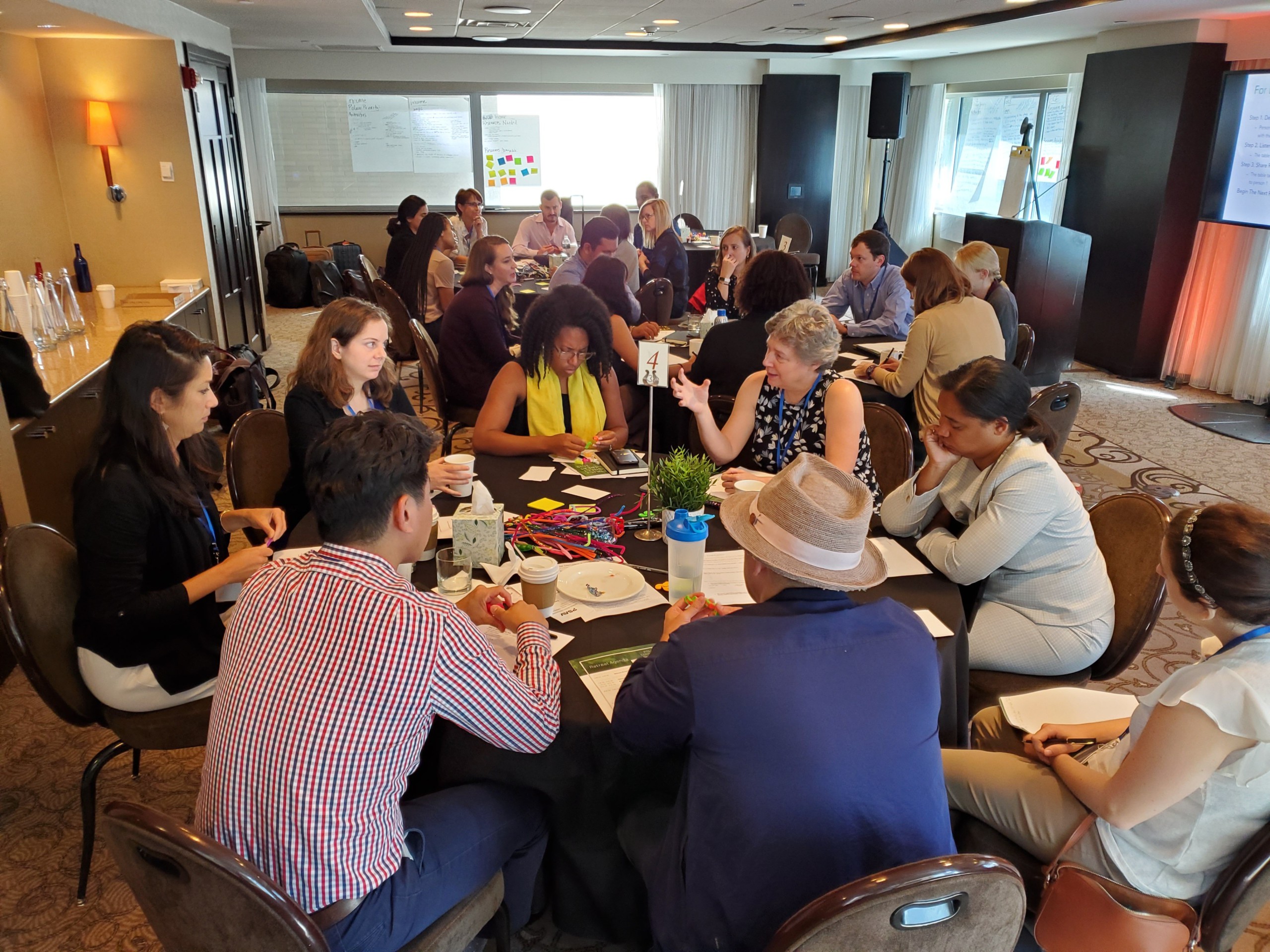
Health equity organizations with funding from the Robert Wood Johnson Foundation engaging in peer learning discussions at a retreat.
The core of Tides’ mission is ensuring that the voices of those impacted not only have a place at the table, but are truly valued and possess decision-making power. Though much of the work the Special Initiatives team focuses on serving the needs of those who are historically underrepresented and disenfranchised, our role is sometimes a few steps upstream from the people and communities the work ultimately affects. While we always look for opportunities to engage the impacted community, we must co-design with those we directly touch through our work.
Principle in Action: In 2019, we worked with the Robert Wood Johnson Foundation (RWJF) to launch Policy Connect, a peer community for a cohort of RWJF’s grantees to elevate and coordinate their work to promote policies that advance the health and well-being of all children and families. These organizations play a key role in bridging the needs of children and families and communities with policymakers and public opinion, and we are intentional about ensuring that individuals from these organizations are the ones driving the initiative.
First, Policy Connect is a direct response to grantees expressing a need and desire to have a place to come together and coordinate. To respond to that feedback, Tides structured planning and strategy development activities for grantees to shape what Policy Connect looks like. In addition to interviewing grantees and other stakeholders, we formed an advisory committee of grantees who co-designed the goals, priorities, activities, and community guidelines through a series of virtual and in-person meetings. This approach continued at the first Policy Connect Retreat in September, where participants co-designed large portions of the agenda onsite and worked in small groups to share opportunities and resources to support coordinated action.
Complex social problems simply cannot be solved by a single funder or organization. These challenges demand a coordinated network of diverse partnerships rooted in equity, trust, and relationship building. When built and nurtured appropriately, effective collaboration bridges silos and mobilizes individuals to unite around the achievement of a shared vision.
Our framework for designing and managing collaboratives at Tides focuses on remaining adaptable to the needs of each initiative and diversity of structures
Each of the initiatives mentioned above has different goals and purposes – from peer learning to coordinated action to capacity building. They have their own unique stakeholders, challenges and parameters to work with. At Tides, we believe our role is to make sure key components for success are present and then working with our partners to find the right path to meet their goals. Our framework is designed to be adaptable, while providing appropriate structure and adequate space for reflection to navigate crucial conversations and unexpected opportunities. While challenges or disagreements may arise, we work hard to make sure that collaboration feels more like a “natural act” among committed, trusting partners.
We always love learning with and from others, and we want to hear about what has made your collaborative successful. What have you found works? How have you adapted to meet particular needs or navigate challenges? How are you shifting decision making power to those most impacted? Share your thoughts and insights at [email protected].

Healthy Individuals & Communities
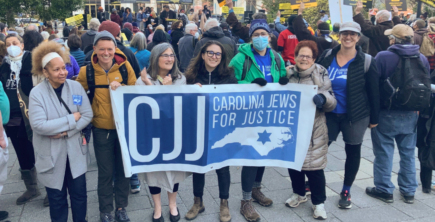
Our Community

Philanthropy
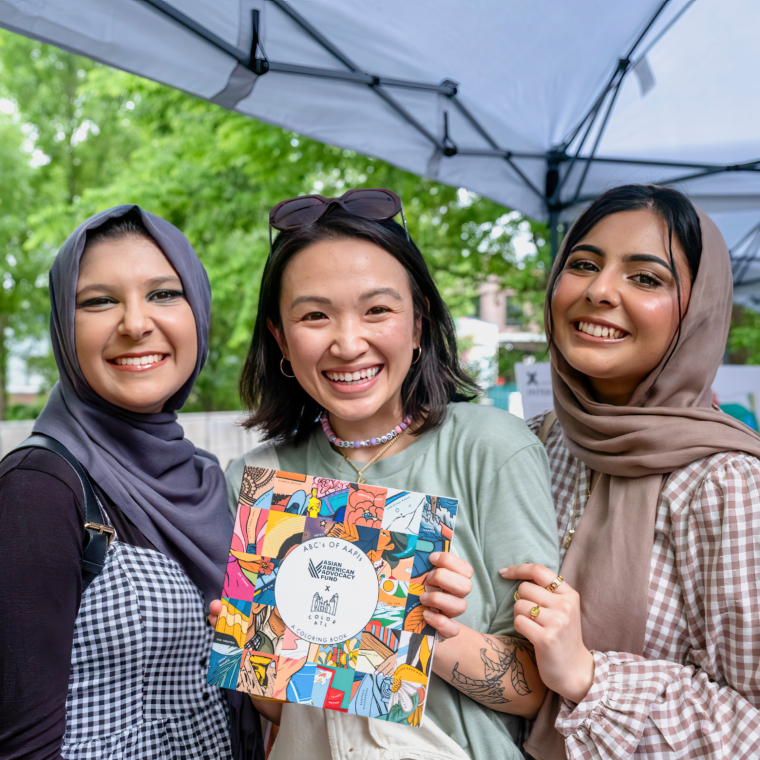
Read the stories and hear the voices of social change leaders fighting for justice.